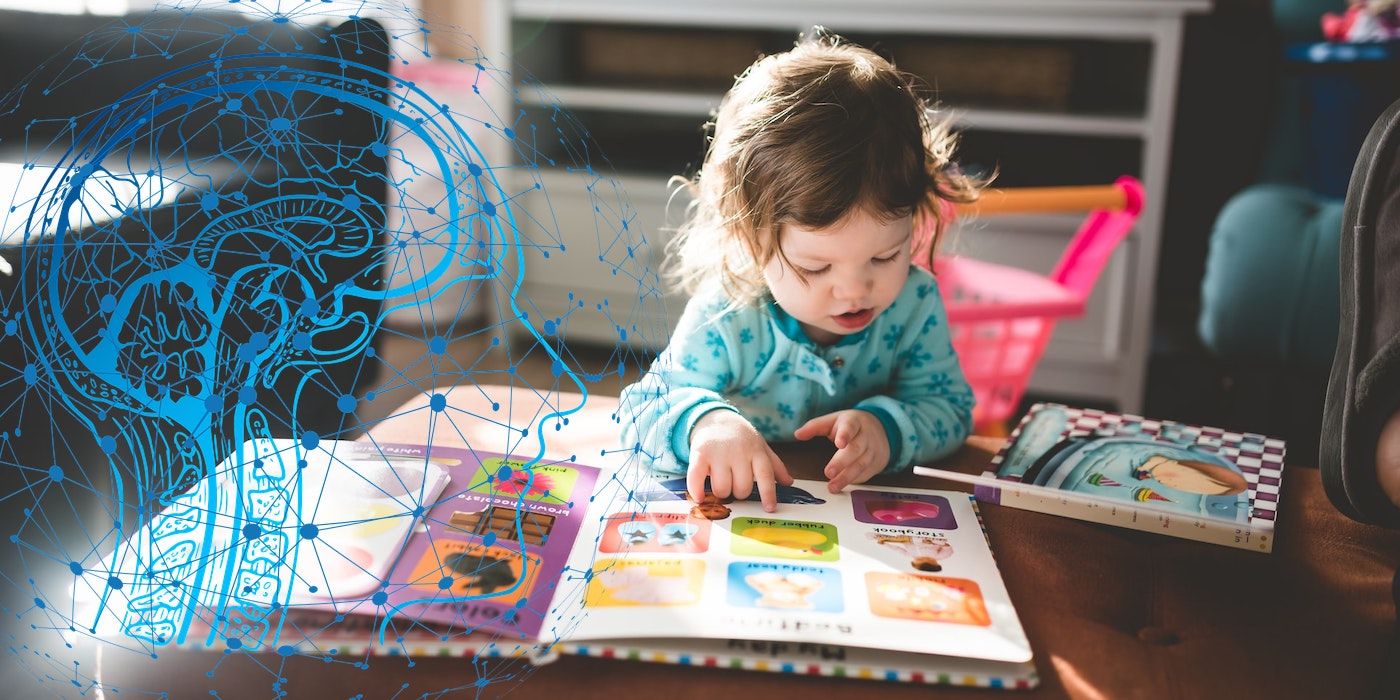Artificial intelligence is often limited in terms of what it can learn based on the data provided, but implementing new learning methods based on the way infants learn may help improve the process. The human mind is arguably the best pattern forming computational system in the world, so basing learning algorithms on it makes sense.
Teaching machines can be an arduous task. If you want an algorithm to learn a certain subject or ability, it has to be given useful and hand curated data of that specific type. This is not dissimilar to how humans learn, by absorbing data and building frameworks, but humans are able to form these patterns from random everyday data instead of highly curated information. It takes effort to feed the correct data to a machine for it to learn the correct things, and additional effort fixing flaws in its logic that it can't grasp on its own without living experience or human context.
Scientists at Trinity College Dublin are studying the ways babies learn to help design AI and machine learning systems that can learn faster and are more adaptable. Babies come into the world with no data, experience, or framework already in place, so they start from a similar place as most new AI. Babies, however, begin the learning process immediately with no required supervision of data input. Even without language, babies immediately start forming patterns and recognizing key pieces of information from their environment, such as important stimuli and the faces of caretakers. From a technical perspective, this is remarkably impressive when compared to the time and guidance required of machine learning, and so scientists are working to analyze important pillars of a baby's learning psychology and neuroscience to use as design ideas for new AI.
Helping AI To Grow Up
Machine learning has hit something of a plateau, as the speeds at which an AI can learn is limited by the need to curate the data it's fed. For AI to advance, systems need to be able to learn naturally from random data, so less effort is needed in developing their data input. As such, focus points for this project include determining ways a system can learn from uncurated random data, how a system can develop learning preferences on its own, how to prioritize certain pieces of data to teach an AI a certain skill, and allowing a system to grow over time with a developmental trajectory like how babies transition into learning different concepts as they age into childhood and then adulthood.
This project is still in its infancy but looks to be setting the stage for the future of artificial intelligence. This will not eliminate the need to control an AI or guide its development completely, but hopes to speed up the process by making data absorption easier to allow more energy and focus on other aspects of AI's growth. Babies are the future, for both humans and artificial intelligence alike.
Source: Trinity College Dublin


